Why less is definitely more when reinventing estate buildings
To avoid an institutional air use a lighter touch, suggests Interiors Editor Giles Kime.


You don’t need to look far for examples of buildings that have been buffed with such enthusiasm that they take on an institutional air. An increasingly popular alternative solution is do as little as possible, other than making a building structurally sound, protected from the elements, functional and thermally efficient. This approach owes much to a cocktail of influences, in particular, the work of Italian architect Carlo Scarpa. He liked to allow buildings to tell their own story, notably, Verona’s magnificent Castelvecchio Museum, perhaps the most eloquent expression of this desire.

Equally influential were those free spirits who colonised New York lofts in the 1970s, who revelled in revealing the raw innards of a building. More recently, the use of reclaimed materials – a practice turned into an artform by interior designers such as Maria Speake and Adam Hills of Retrouvius – has demonstrated the exciting possibilities of living with timeworn materials.

A breathtaking manifestation of this approach is the Earl and Countess of Shaftesbury’s recent restoration of the 17th-century stables at Wimborne St Giles in Dorset, where they have exercised the same refreshing restraint that garnered them awards for their sensitive reinvention of the main house. The latter reveals its past with exposed brickwork, plaster and layers of wallpaper, but the Riding House features eight bedrooms among the loose boxes, with timeworn finishes that create spaces with a gloriously intimate atmosphere through the synthesis of ancient and luxuriously modern. You’ll be hard pushed to find any hint of a mezzanine floor or a steel spiral staircase.

Although all this might seem like putting a light hand on the tiller, it’s anything but. Old buildings, particularly those that were never intended to be habitable, come in all sorts of awkward shapes and sizes. An unsung example of this genre is the Hunting Tower, designed for Bess of Hardwick by Robert Smythson (the architect of Hardwick Hall, Longleat, Wollaton and so on), which towers majestically over the park at Chatsworth in Derbyshire. Consisting of four floors with a plan that would defeat most designers, it has been transformed by a healthy mix of pragmatism and gusto.
The heartening result of this approach is spaces with a charm and intimacy that would have been lost if they had been destroyed by either an obsession with period perfection or heavy-handed modernism. More, I suspect, will follow in their wake.
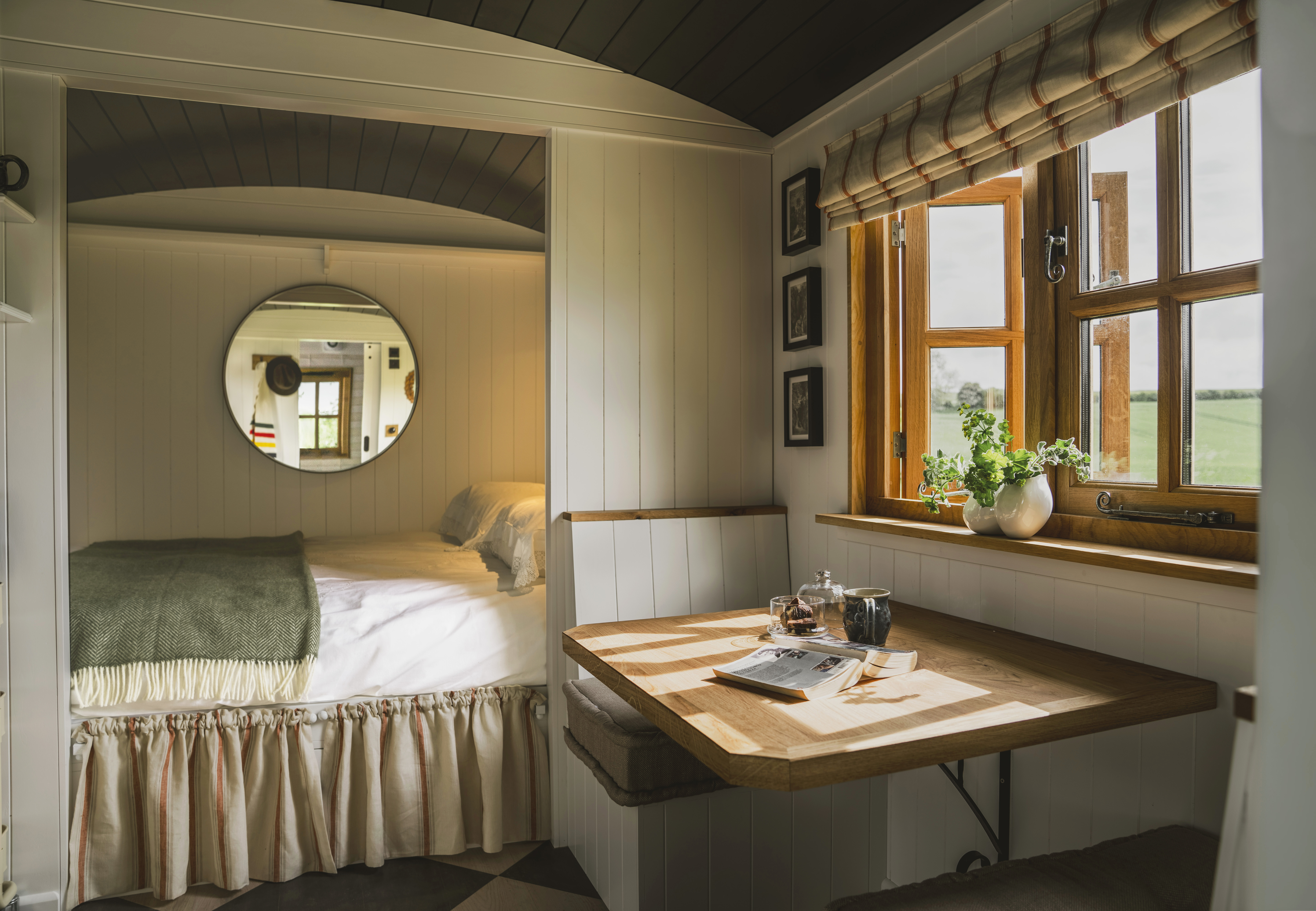
Credit: Chrisopher Mcgrillis
How to transform a shepherd's hut into the perfect, country guest house
In North Yorkshire, Melanie Phipps has furnished a pair of shepherd’s huts with every creature comfort.
Sign up for the Country Life Newsletter
Exquisite houses, the beauty of Nature, and how to get the most from your life, straight to your inbox.

The Country Life Top 100 architects, interior designers, craftsmen, builders and garden designers in Britain
It's now six years since the original Country Life Top 100 was published, but the aim hasn't changed: we name
-
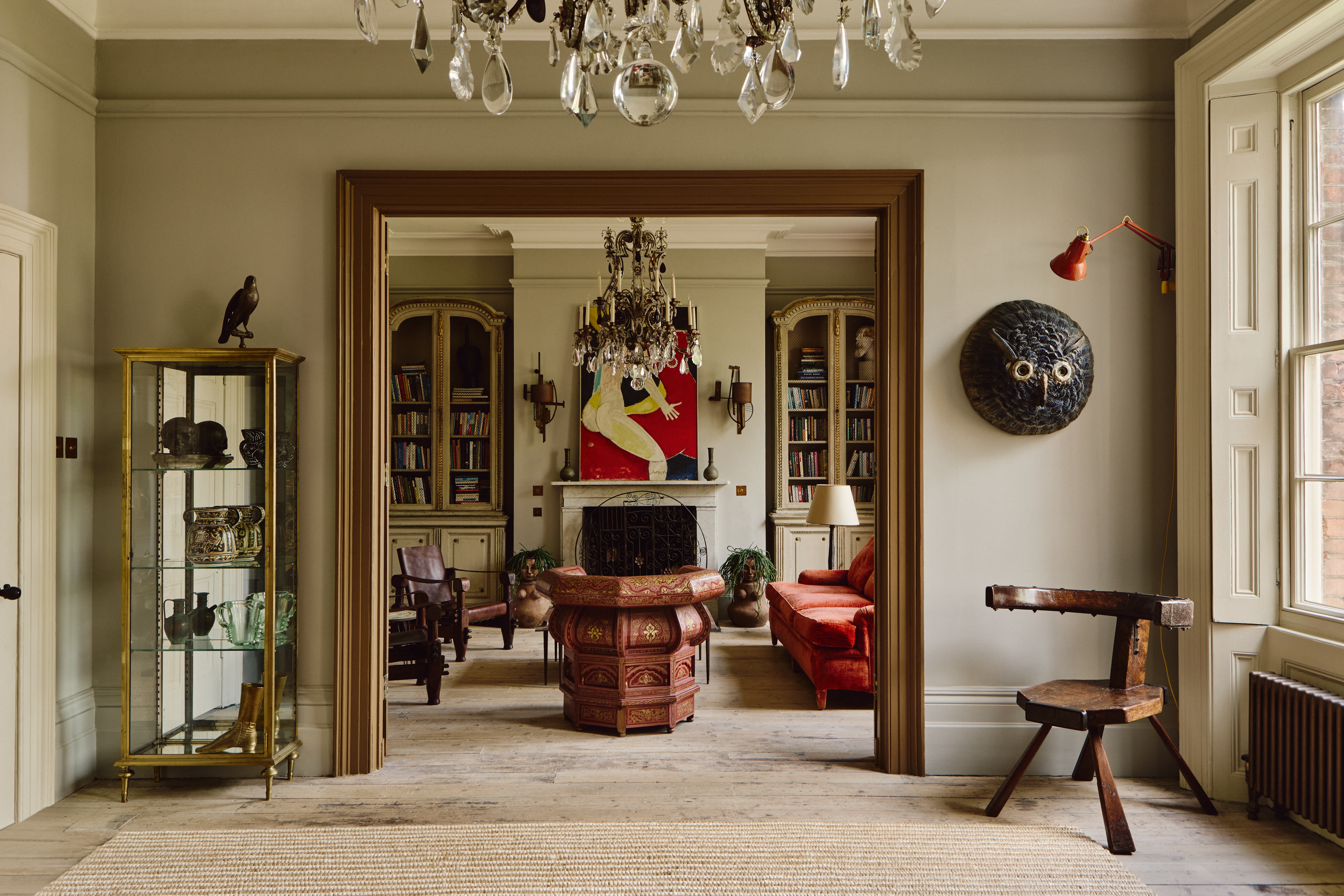 ‘It had the air of an ex-rental, and that’s putting it politely’: How an antique dealer transformed a run-down Georgian house in Chatham Dockyards
‘It had the air of an ex-rental, and that’s putting it politely’: How an antique dealer transformed a run-down Georgian house in Chatham DockyardsAn antique dealer with an eye for colour has rescued an 18th-century house from years of neglect with the help of the team at Mylands.
By Arabella Youens
-
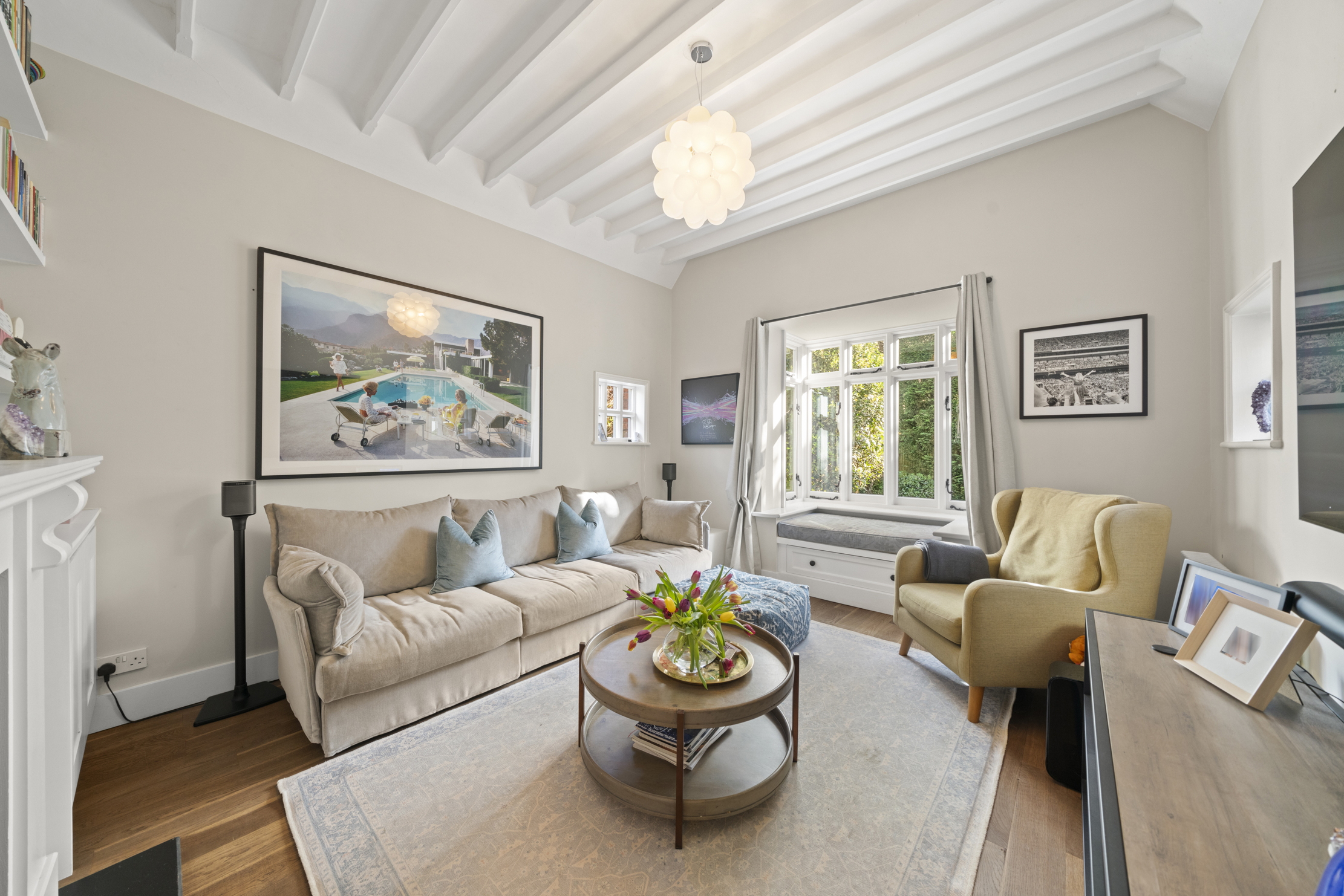 A home cinema, tasteful interiors and 65 acres of private parkland hidden in an unassuming lodge in Kent
A home cinema, tasteful interiors and 65 acres of private parkland hidden in an unassuming lodge in KentNorth Lodge near Tonbridge may seem relatively simple, but there is a lot more than what meets the eye.
By James Fisher
-
 The key to a great bathroom? Make it feel more like your sitting room — even to the point of having an armchair next to the bath
The key to a great bathroom? Make it feel more like your sitting room — even to the point of having an armchair next to the bathFlora Soames is on a mission to encourage more and more of us to embrace the concept of the decorated bathroom.
By Country Life
-
 The £27,600 wooden bathtub and other modern day marvels to create an unforgettable bathroom
The £27,600 wooden bathtub and other modern day marvels to create an unforgettable bathroomWhen is a bath not a bath? When it's a work of art.
By Toby Keel
-
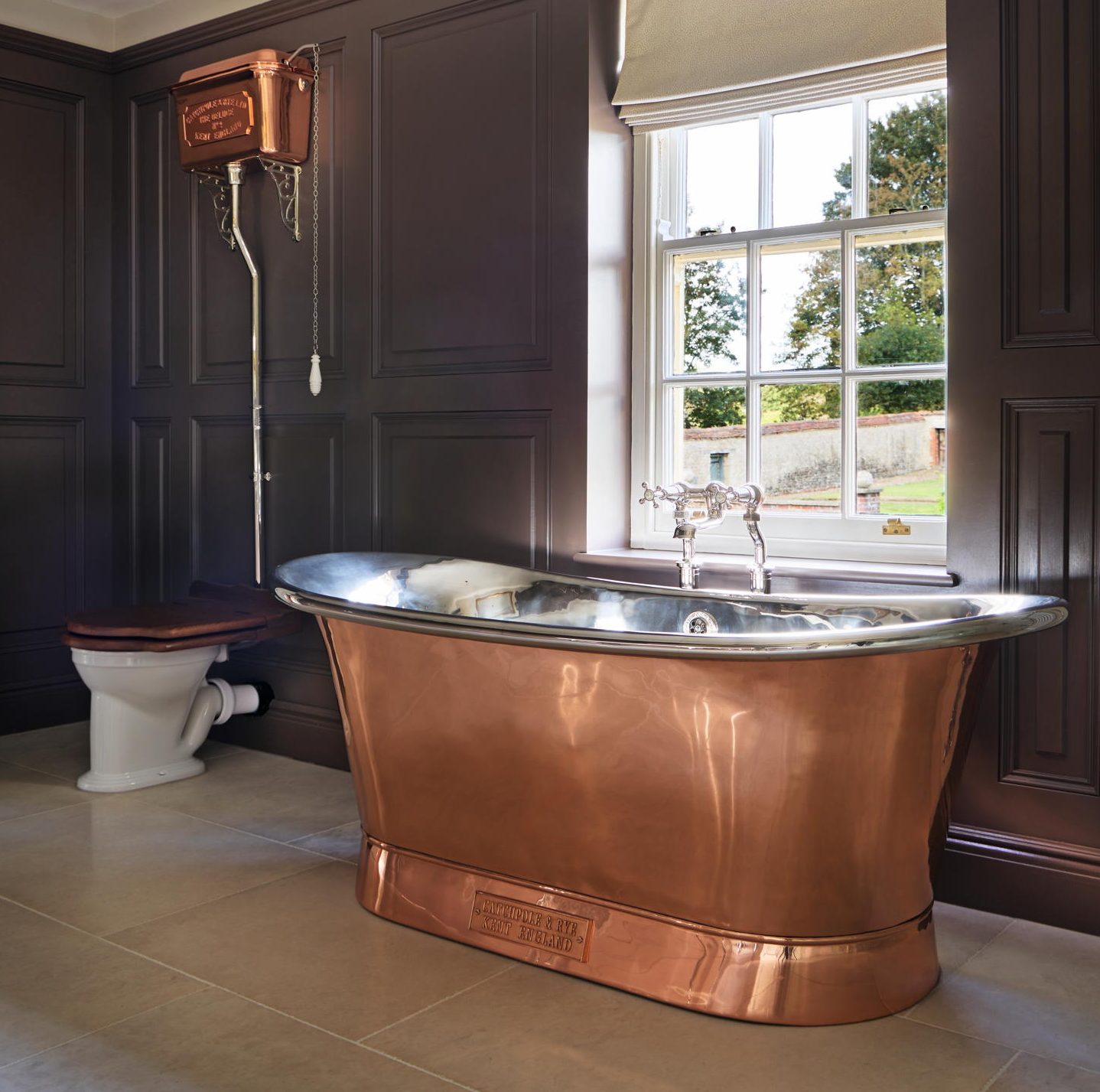 Soaking it up: Five brilliant bathubs
Soaking it up: Five brilliant bathubsMake a bath an event, with these extraordinary bathrooms and bathtubs selected by Amelia Thorpe.
By Amelia Thorpe
-
 Best free-standing baths from £4,000 to £14,000 — for people who really want to splash out
Best free-standing baths from £4,000 to £14,000 — for people who really want to splash outFree-standing baths for making a statement — not to mention causing havoc with your bank statement.
By Amelia Thorpe
-
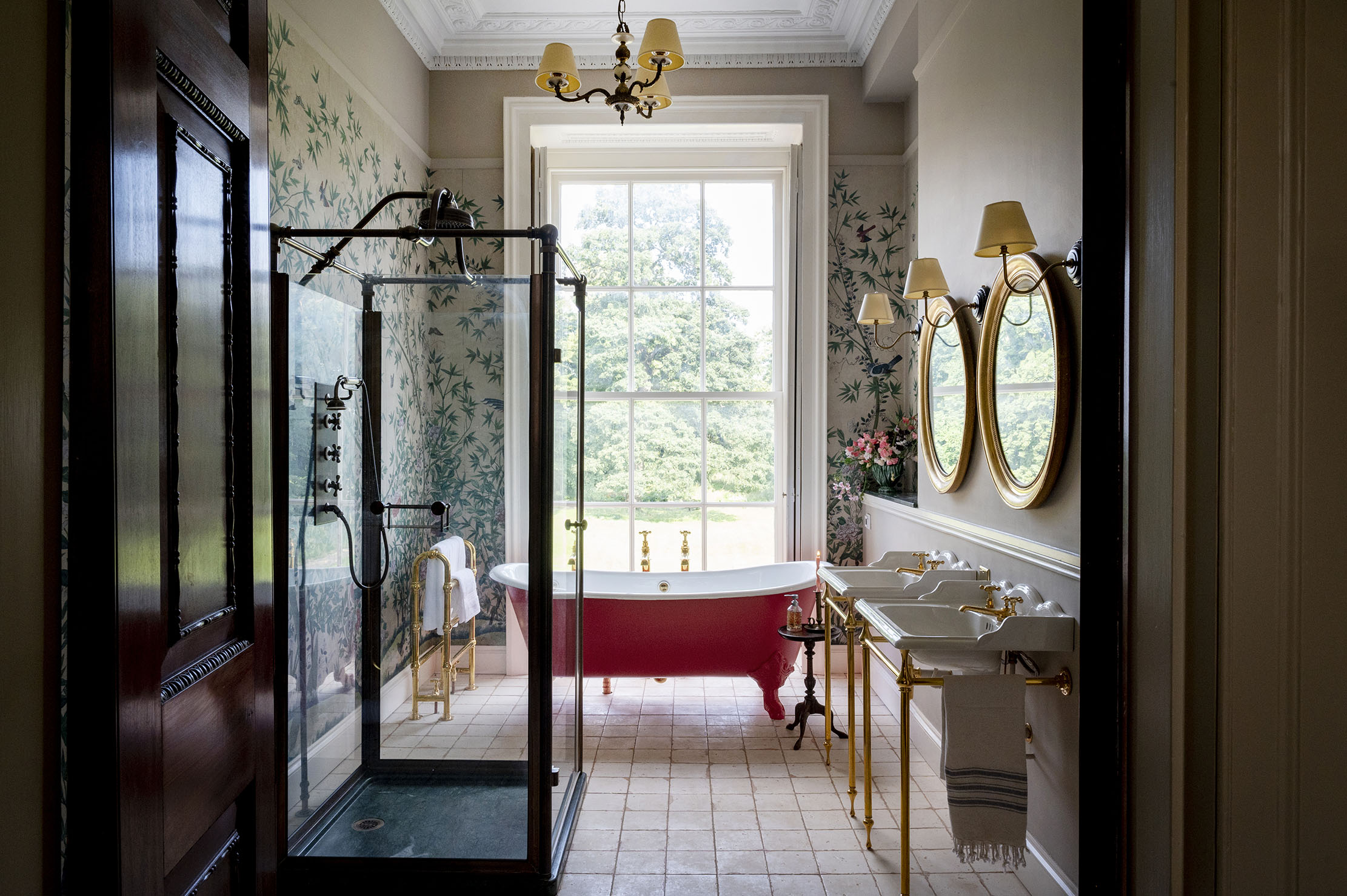 How a chance discovery of a wallpaper fragment inspired the look of this country house bathroom
How a chance discovery of a wallpaper fragment inspired the look of this country house bathroomA fragment of hand-painted chinoiserie set the scene for the decoration of this bathroom at Keythorpe Hall, Leicestershire.
By Arabella Youens
-
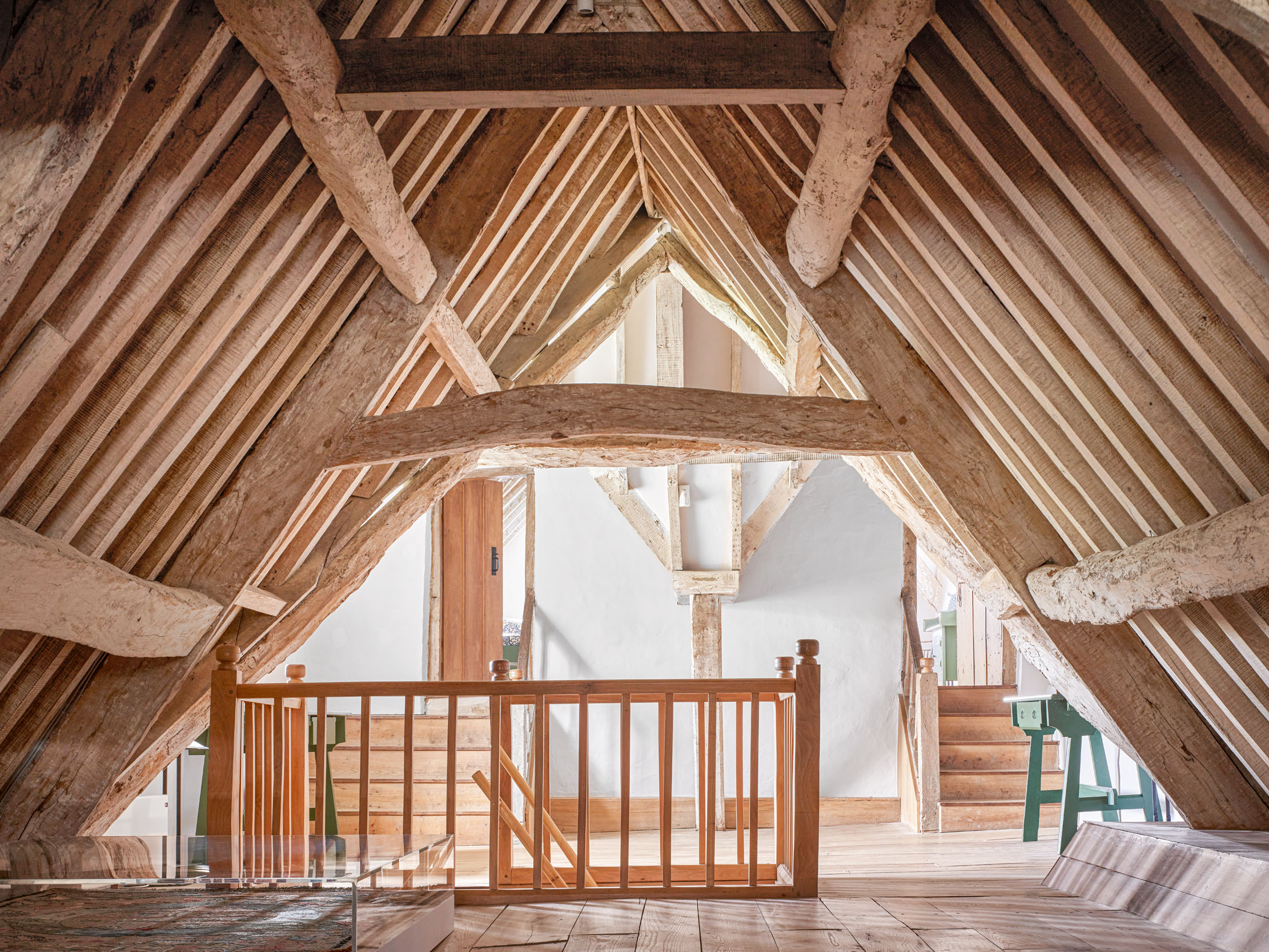 10 things I wish I'd known about doing up old houses before I started, by Country Life's interiors guru Giles Kime
10 things I wish I'd known about doing up old houses before I started, by Country Life's interiors guru Giles KimeCountry Life’s executive editor and resident interiors expert Giles Kime shares the lessons he’s learnt from the experience of dragging a succession of houses into the 21st-century.
By Giles Kime
-
 Breathtaking new looks for bathrooms, from linen and lights to a truly spectacular nickel bathtub
Breathtaking new looks for bathrooms, from linen and lights to a truly spectacular nickel bathtubElegant baths, vanities and accessories to add a touch of luxury to your bathroom, selected by Amelia Thorpe.
By Amelia Thorpe
-
 Everything you need to transform your bathroom into a stylish oasis, from patterned walls to elegant marble washstands
Everything you need to transform your bathroom into a stylish oasis, from patterned walls to elegant marble washstandsIdeas and inspiration as selected by Amelia Thorpe.
By Amelia Thorpe